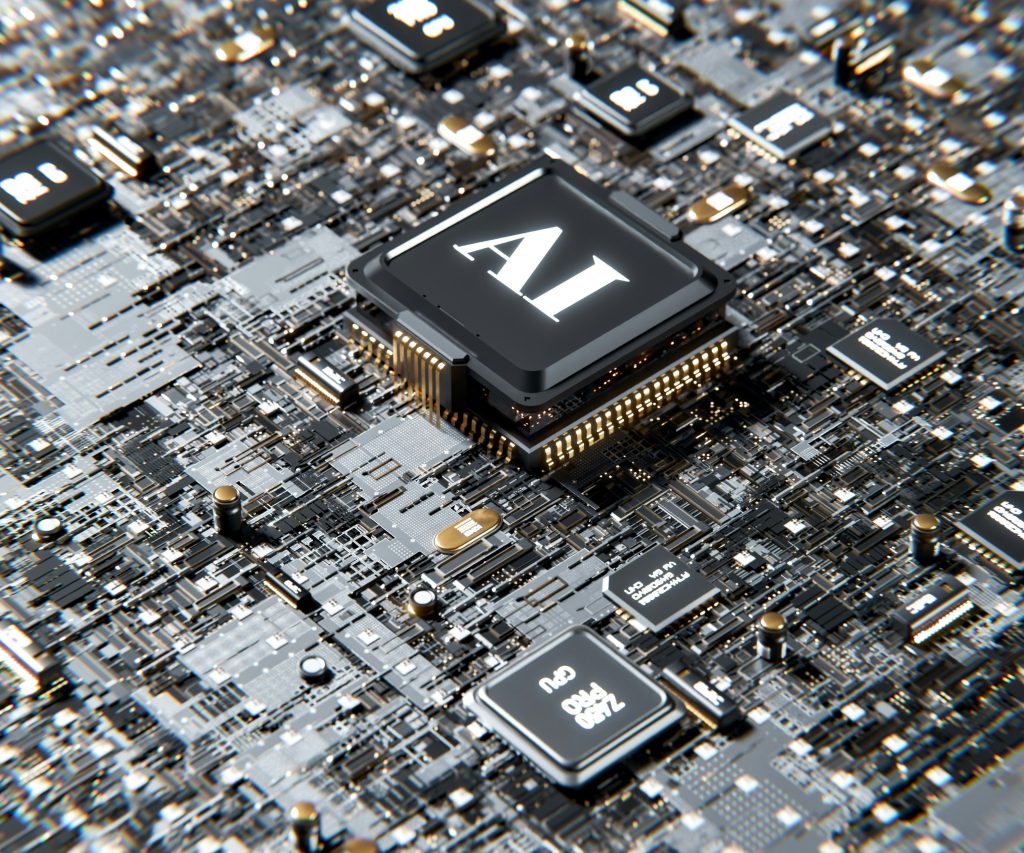
GENERATIVE AI – SEPERATING HYPE FROM REALITY
12.09.2024
Since the market launch of Chat GPT in November 2022, Generative AI (GenAI) and Large Language Models have been in the spotlight as a global mega trend and revolutionary technology. In 2023, over $40bn of venture capital flowed into AI related companies, with nearly half of the funding attributed to companies working in Generative AI such as ChatGPT creator OpenAI and Inflection AI, both backed by Microsoft, as well as Amazon-backed Anthropic. With PwC projecting that AI has the potential to contribute $15.7tr to the global economy by 2030, are we in the midst of a world order changing technological breakthrough or at the peak of inflated expectations?
The Hype
Frenzy around AI – and generative AI in particular – has been clear since over 1mn users signed up to Chat GPT within the first 5 days of launch. The pioneering Generative AI chat bot and assistant offered the world a chance to freely converse with its chatbot as if it was a sentient being and quickly grew to over 100m users within two months to become the fastest growing web application to ever launch. Its potential to increase automate, optimize and ultimately increase workflow productivity was abundantly clear across multiple use cases. In one Forbes Advisor report, a staggering 97% of American business owners surveyed reported that they believe Chat GPT would help their business, with common tasks ranging from generating content more quickly (70%) to creating personalized experiences for customers (58%).
The Reality
While Generative AI is a revolutionary technology, it still in an early phase of development and its full potential to influence on global productivity is still yet to be see. So what will increase uptake and productivity? Firstly, a GenAI model is only as good as the data it is trained on. It is estimated Chat GPT was trained on over 570GB of datasets, a staggering – and energy intensive – amount of data. As opposed to taking the wholistic knowledge approach adopted by ChatGPT, many predict that GenAI’s true potential will be unlocked through tailoring model’s data training and abilities to specific tasks and domains, such as a legal assistance tool for law or symptom diagnostics tool for the medical industry. By narrowing in on scope of expertise and data input required, this may also function to reduce the extensive energy needs and computational power of processing LLMs, a hidden but very significant cost of the budding industry.
Furthermore, there are several key hiccups to overcome before more widespread business application such as limiting ‘hallucinations’ or errors in GenAI responses, as well as dealing with key issues surrounding data privacy and ownership. With regards to the later points, we are likely to see an increase in ‘white label’ or ‘in house’ generative AI applications where the model is trained with specific user-provided data such as the launch of Morgan Stanley’s Debrief – an OpenAI powered tool that generates notes and action items from client meetings (with prior client consent). With Morgan Stanley claiming that 98% of its Financial Advisor teams have already adopted the Assistant.
Looking to the Future
While the launch of Morgan Stanley’s Debrief represents a tangible example of GenAI improving workplace efficiency at scale, we are still unlocking the full potential of the technology and it is likely that we have yet to see how it will transform business productivity it its entirety. As Debrief shows, it is probable that rather than completely replacing existing jobs, existing jobs will be supported by GenAI, with new training and expertise developed in how to effectively query and engage with the technology. Of course, it is also possible that an entirely new work force will emerge, just as youtubers and influencers emerged with the launch of social media. As we see GenAI advance, we are convinced that while its true power is still being unlocked, we are already in a whole new world.
